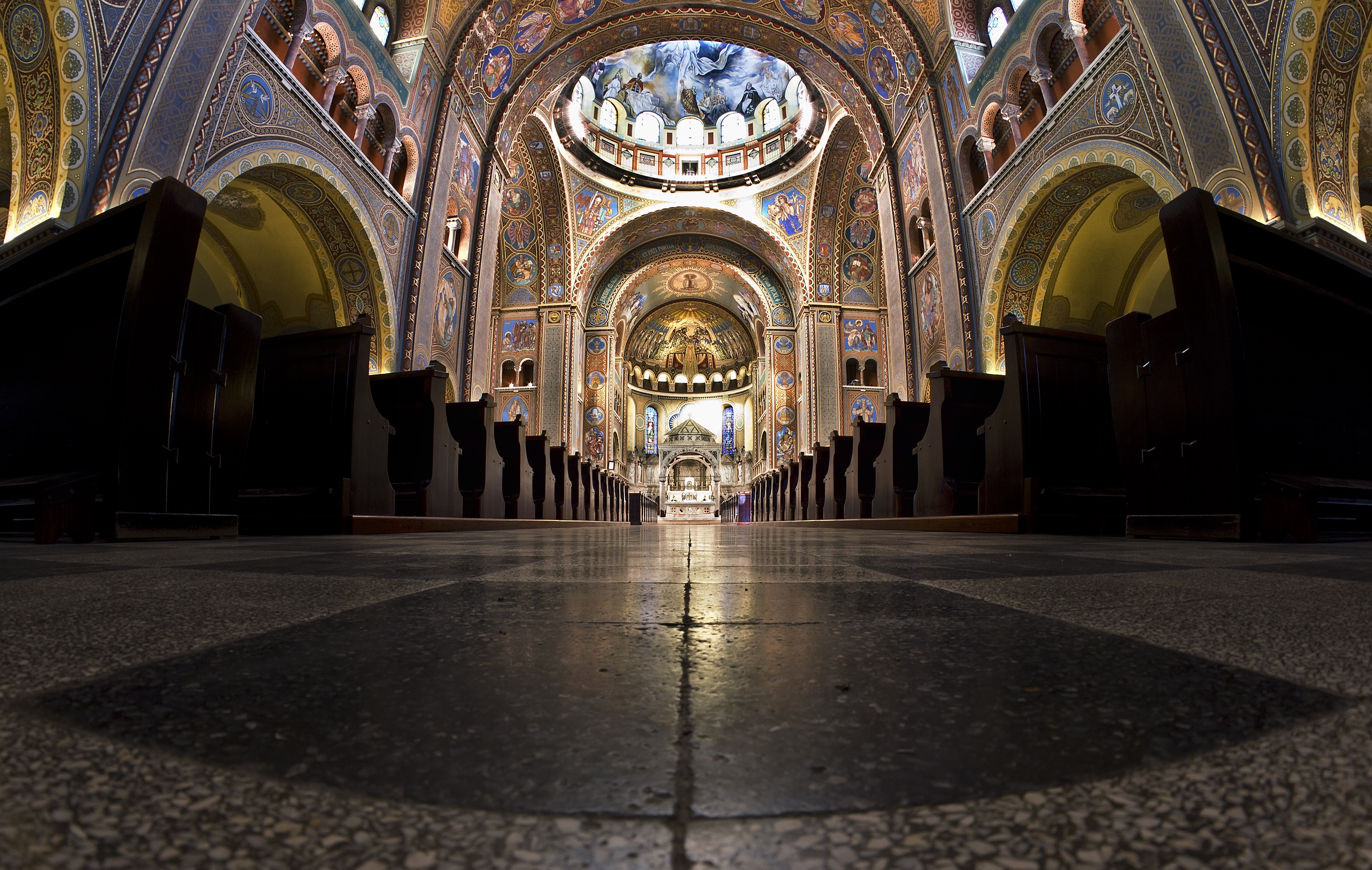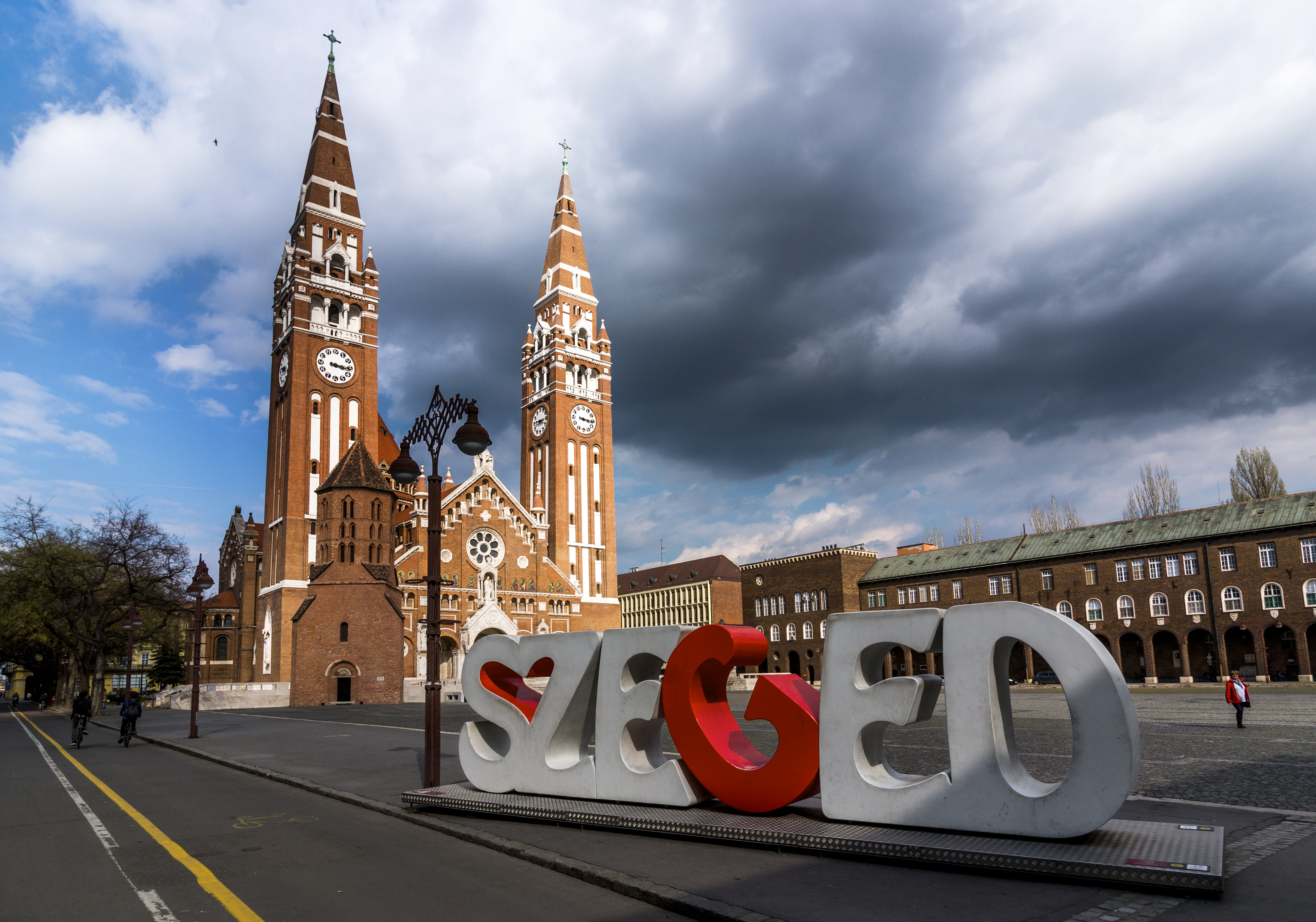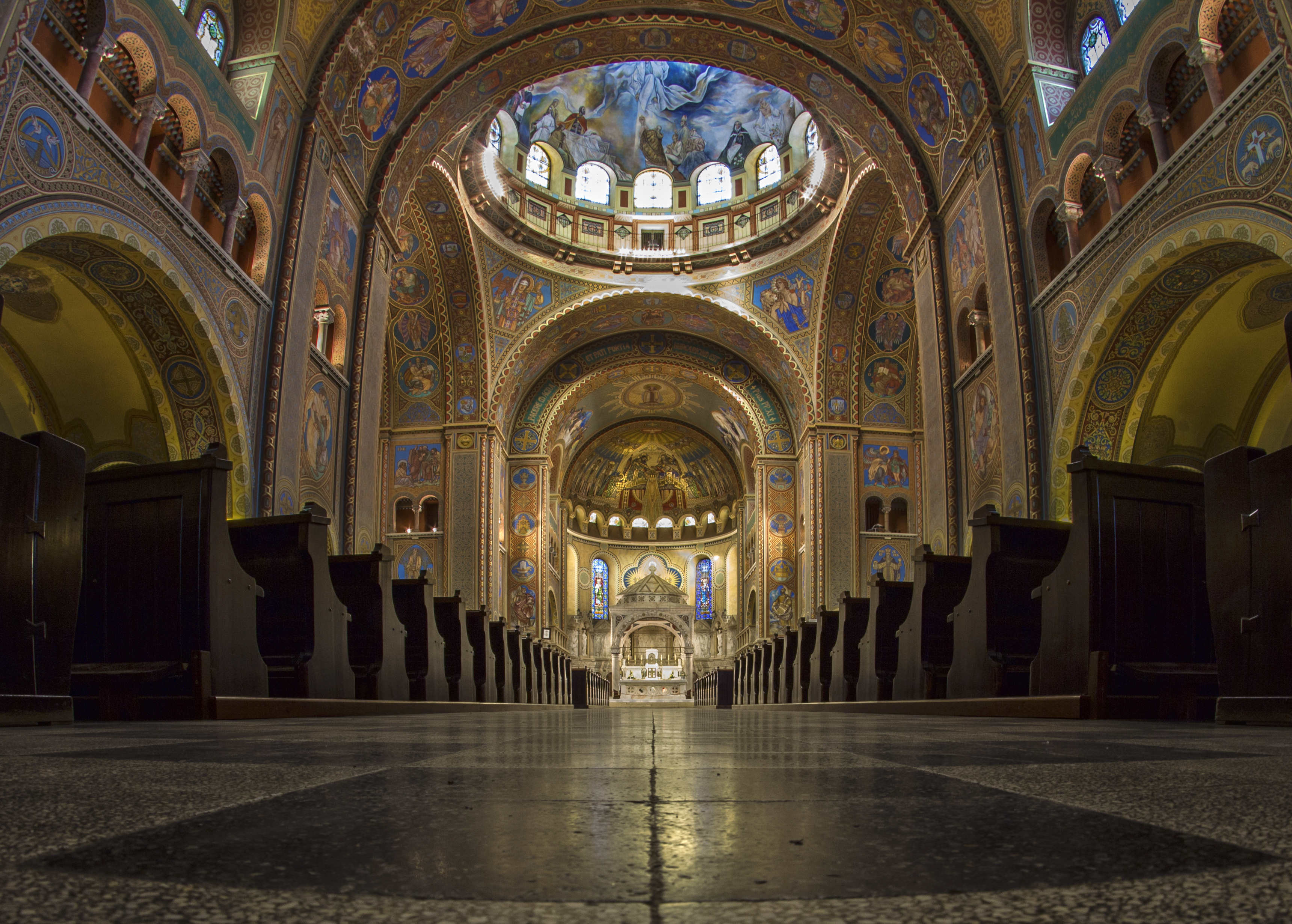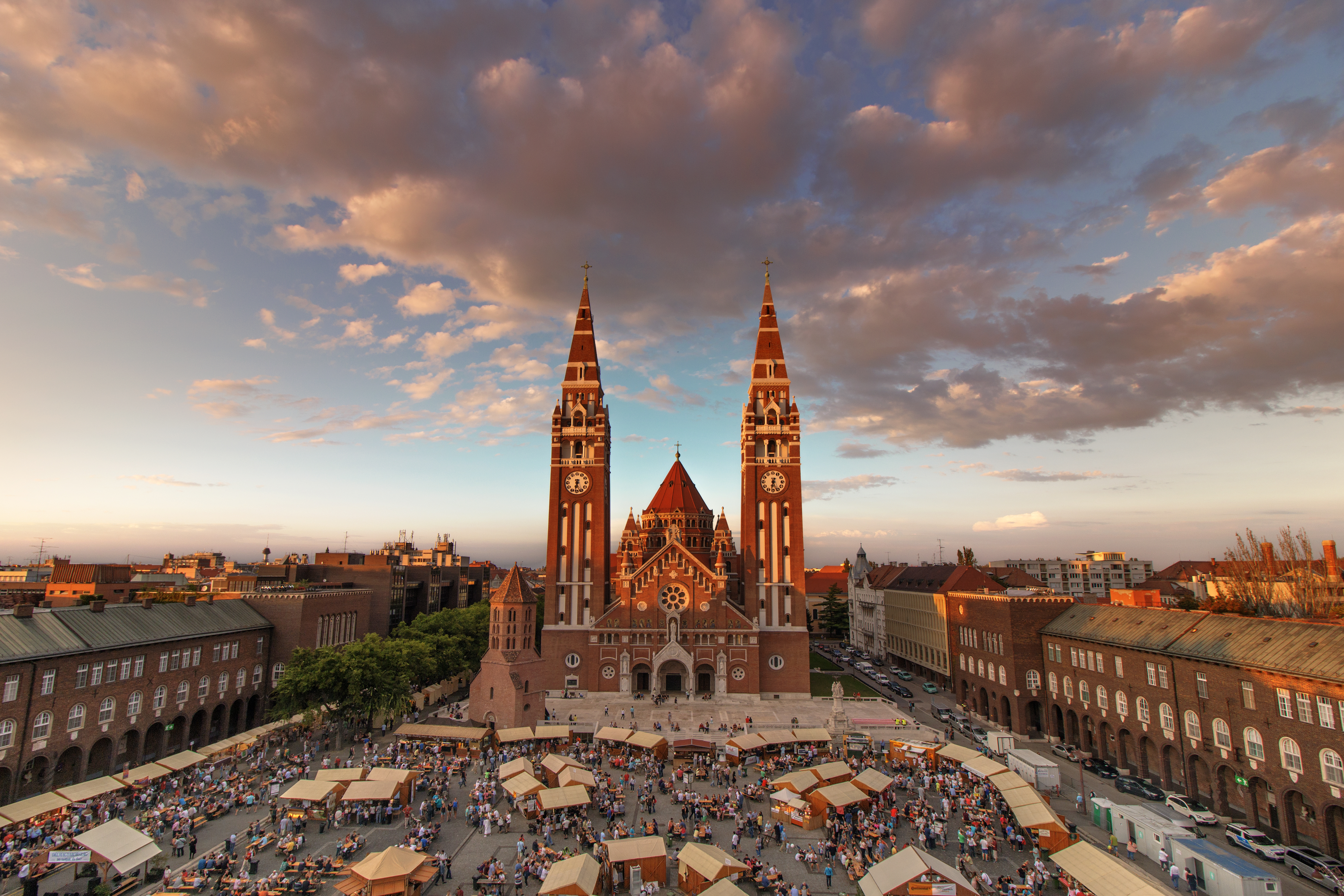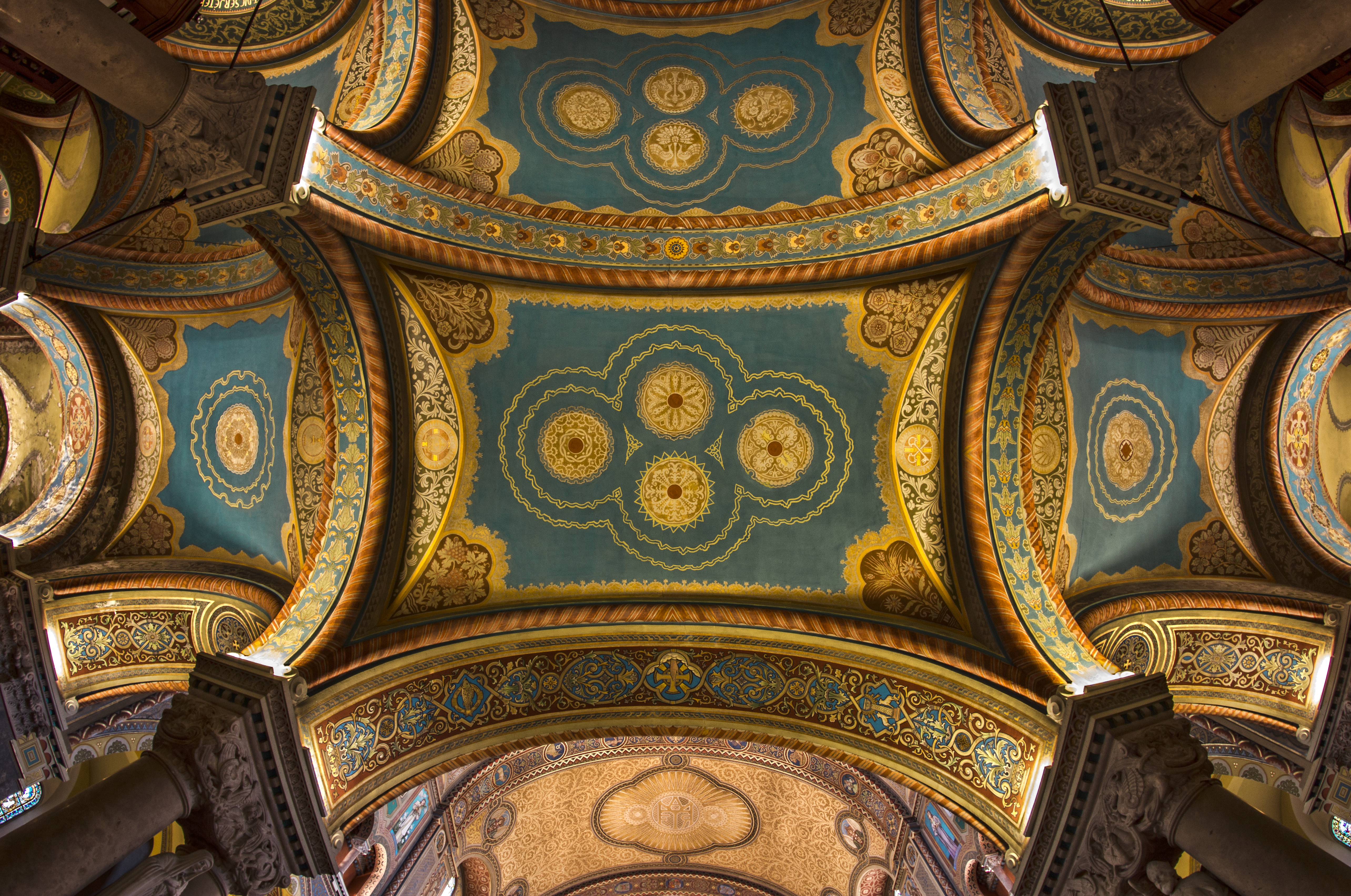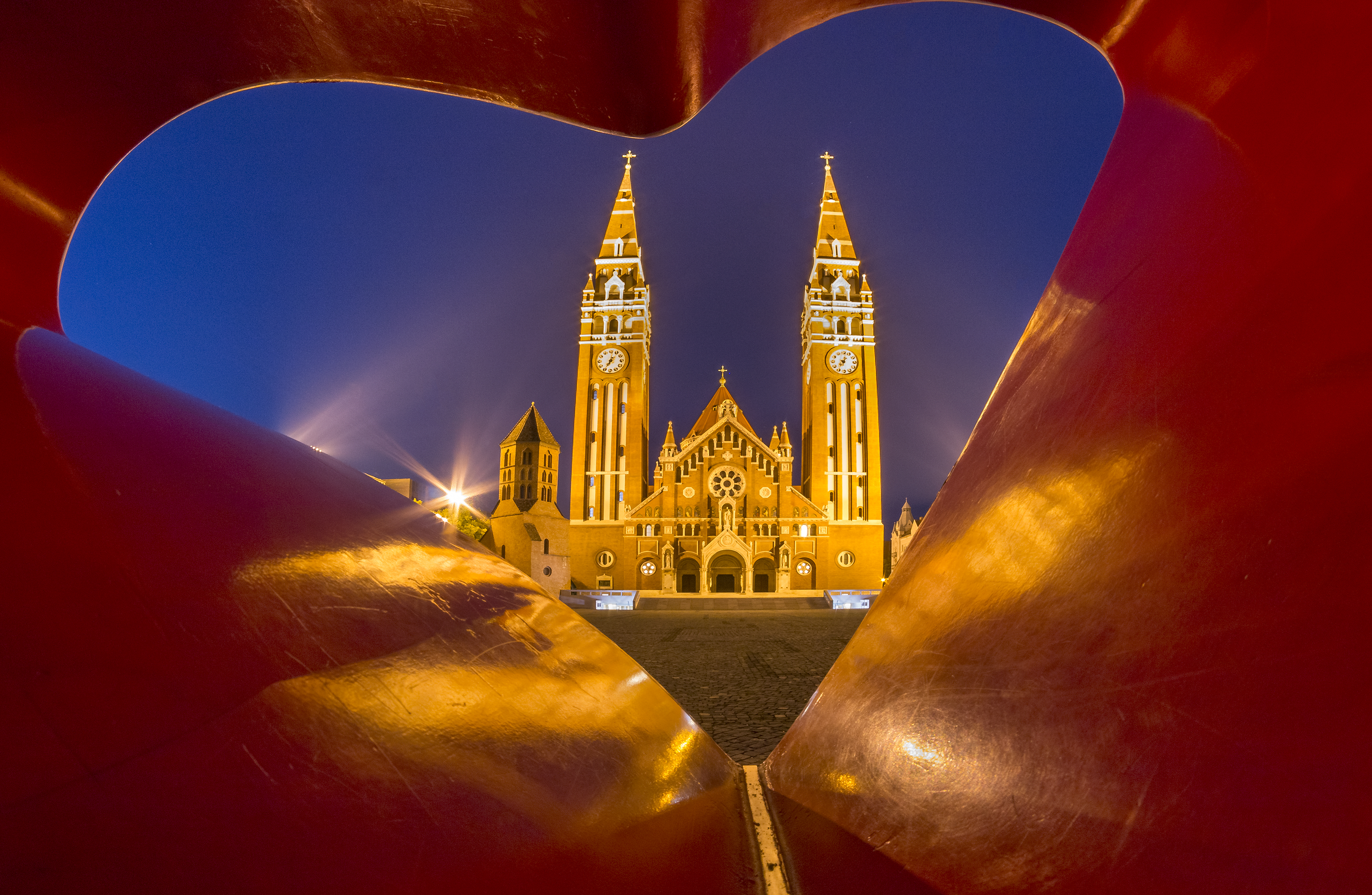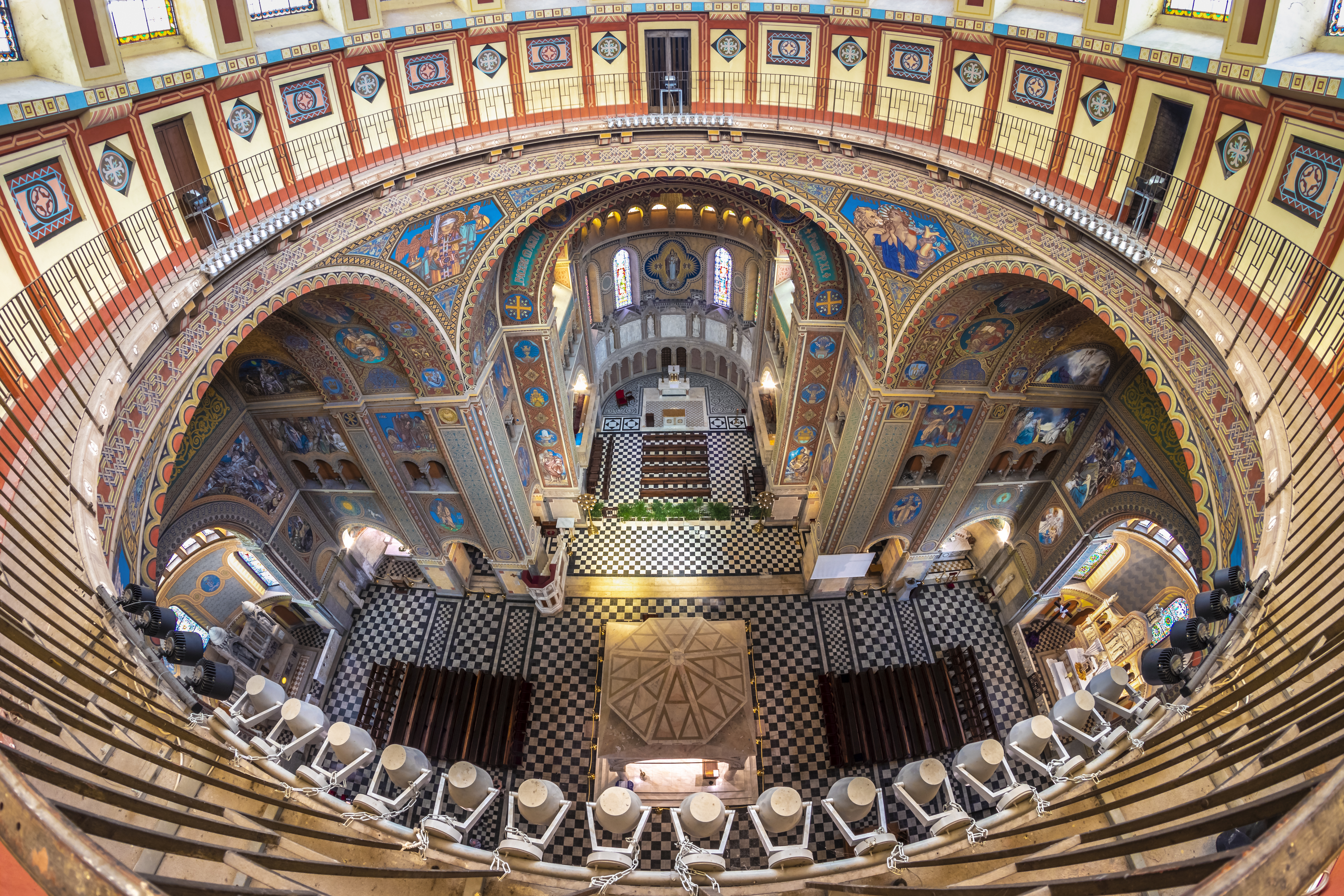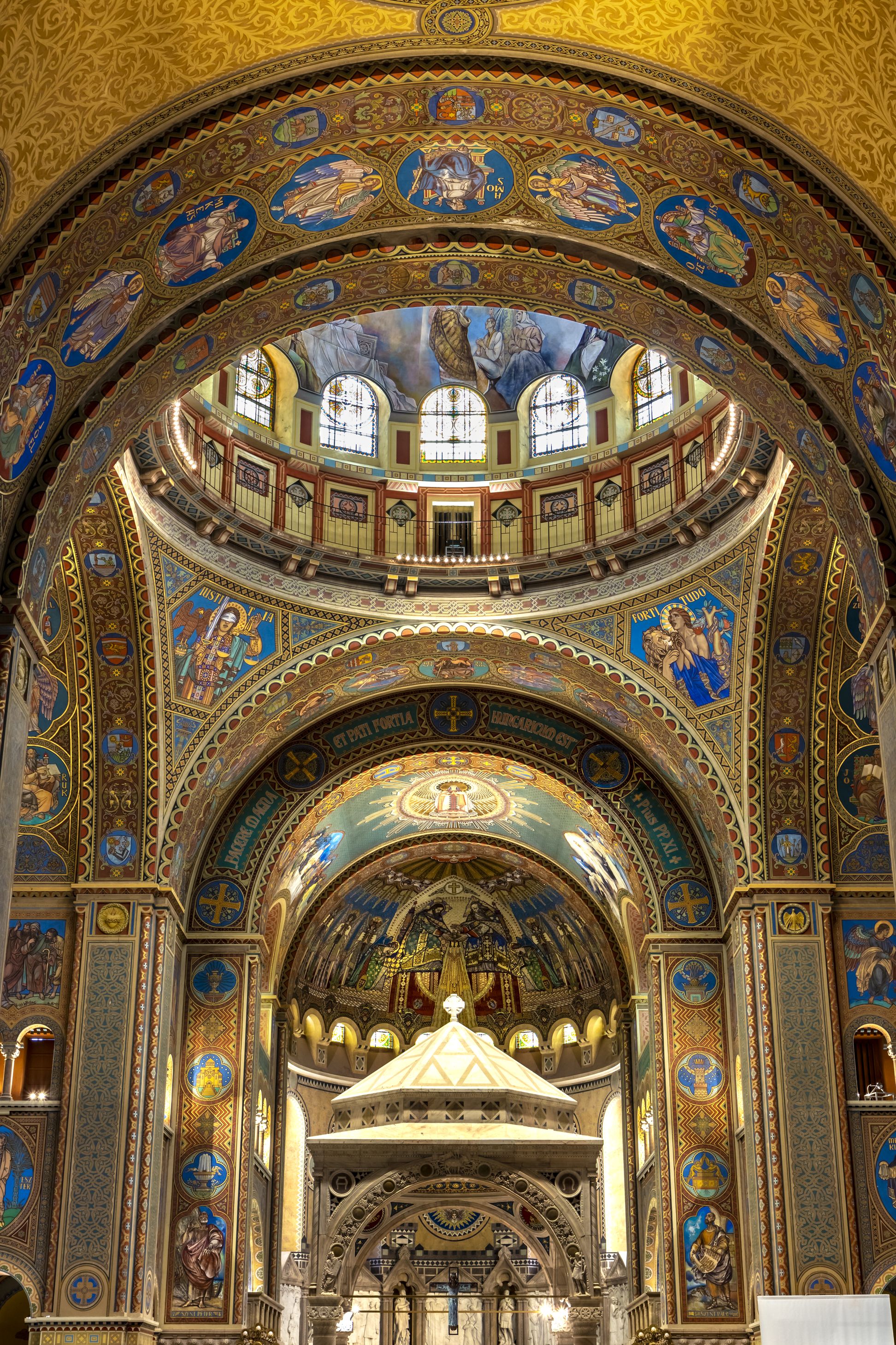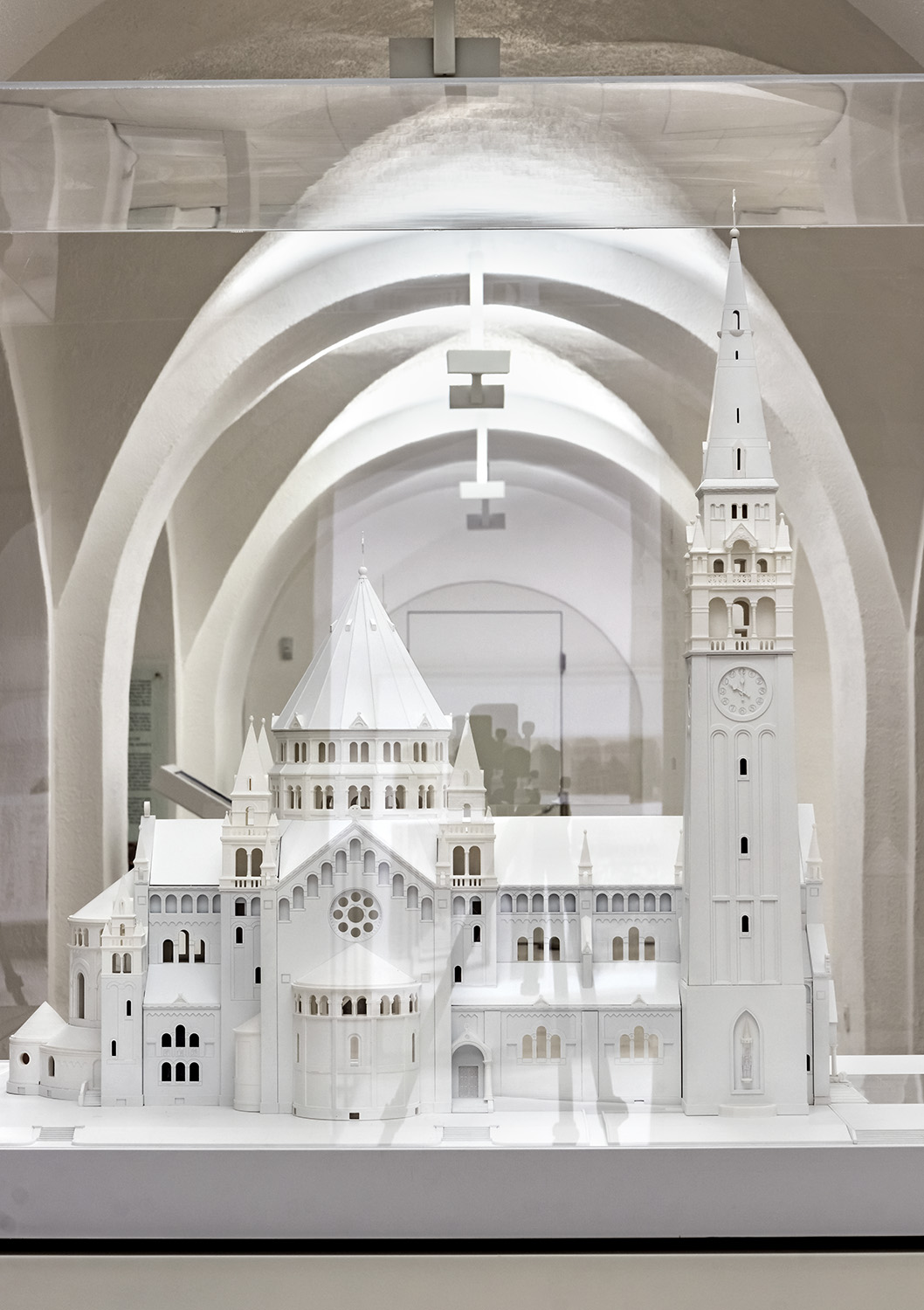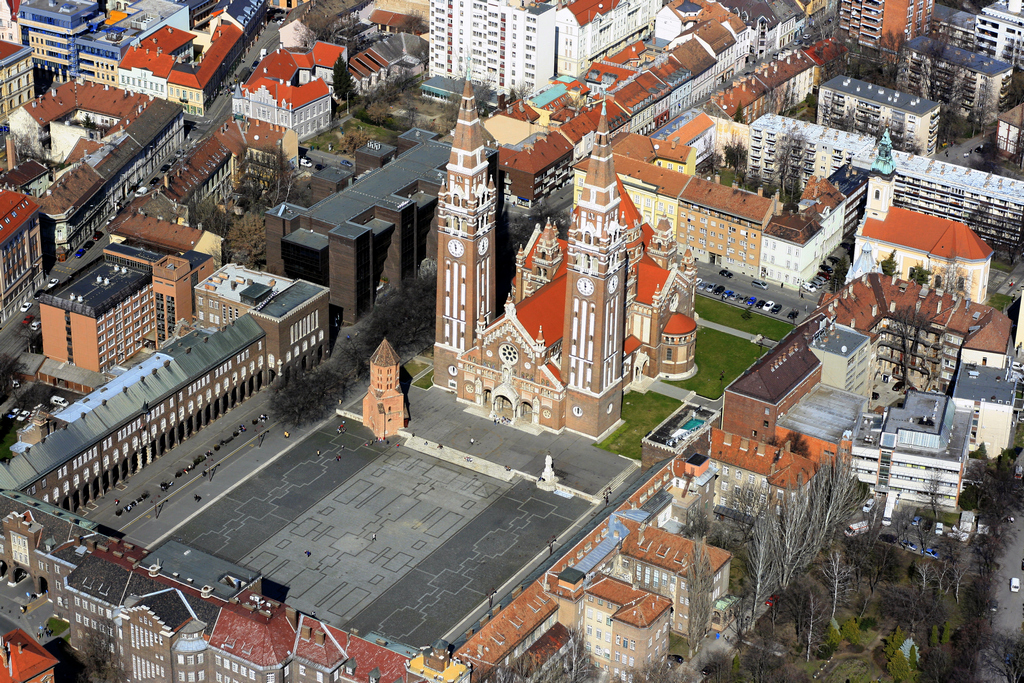The Neo-Romanesque style Votive Church is Hungary’s only cathedral built in the 20th century and is a defining building of Szeged’s image.
The construction of the Szeged Cathedral and the design of its surroundings are closely intertwined with the reconstruction after the Szeged flood of 1879. As the people of Szeged mentioned, the “Water” swept away the vast majority of the city’s 6,800 houses, and only 265 buildings remained after the tide had passed.
In November 1880, the representative body of the city of Szeged made a solemn vow to build a monumental church to commemorate the reconstruction of the city.
The first plans were made by Frigyes Schulek, the creator of the Halászbastya in Buda, who designed a neo-Romanesque style church and, like the Sacré Cœur Cathedral in Paris, wanted to cover the cathedral in Szeged with white stone. However, the plan was modified with Ernő Foerk, who was more attracted to the brick architecture of Lombardy.
The ceremonial laying of the foundation stone took place on June 21, 1914, but due to World War I, revolutions and inflation, the church was consecrated only on October 24, 1930 in the presence of Governor Miklós Horthy and Minister of Culture Kuno Klebelsberg and 30,000 people. From the beginning, the church has been the bishopric of Csanád County, since 1950 the diocese of Csanád, and since 1982 the cathedral of the Diocese of Szeged-Csanád.
With its 81-meter tower, the Szeged Cathedral is the fifth tallest church in the country, and its monumentality impresses the viewer. The church’s capacity is approx. 5,000 people, 800 seats, 1,500 during concerts.
The St. Gellért bell, also known as the Heroes’ bell, is located in the Tisza-facing tower of Szeged Cathedral. The bell, cast in 1927, was the largest bell in Hungary for about 6 decades until the completion of the great bell of the St. Stephen’s Basilica in Budapest in 1990. Despite this, it is still the bell with the largest diameter and deepest sound in the country.
The first major work of the sculptor János Fadrusz in the Cathedral, Christ on the Cross, also known as the Fadrusz Crucifixion, made in 1891. The statue won the Grand Prix at the 1900 World Exhibition in Paris. According to the famous writer from Szeged, Ferenc Móra: “Due to the lack of a model, János Fadrusz tied himself to the crucifix, and the famous Fadrusz crucifix was made after the snapshots of the photographers standing in a semicircle.”
The cathedral’s main organ was built between 1928-30 at the József Angster és Fia Organ Factory in Pécs, and the arm organ was completed a year later, the pipes of which are located on both sides of the sanctuary. By 1932, it was decided that the arm organ could also be played from the playing table located in the gallery, the instrument thus completed, with 9,040 pipes, became the largest organ in Hungary for several decades, and at the time of its completion, it was the third largest in all of Europe.




